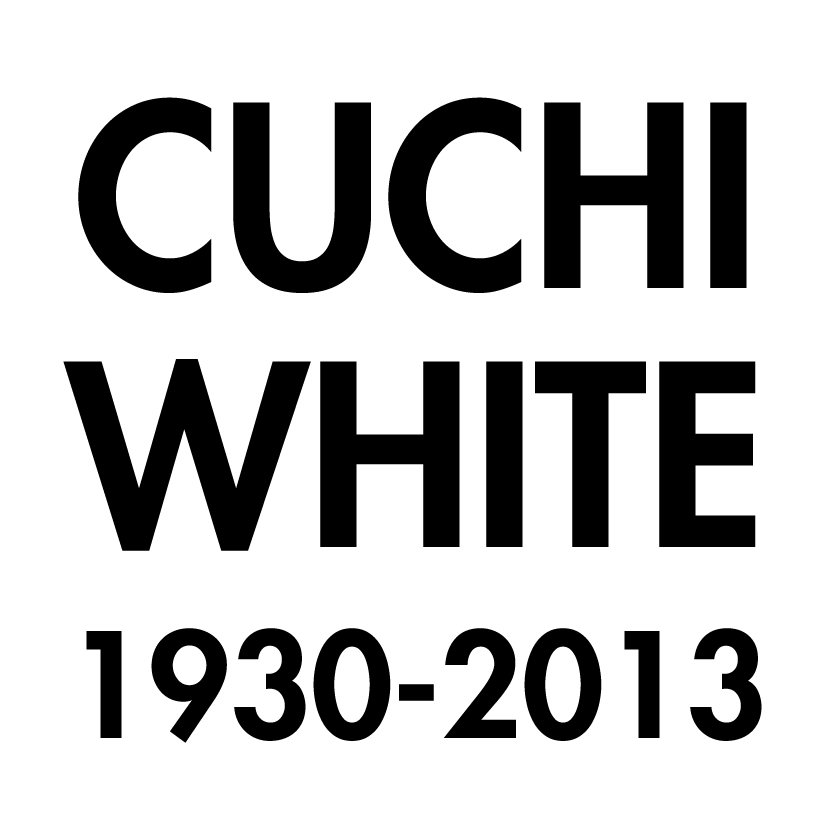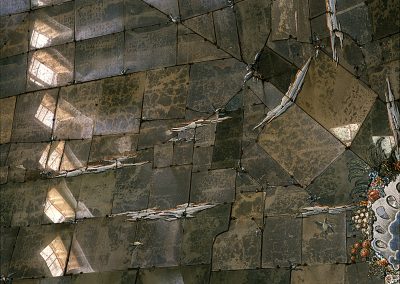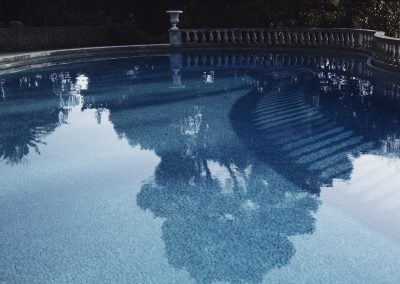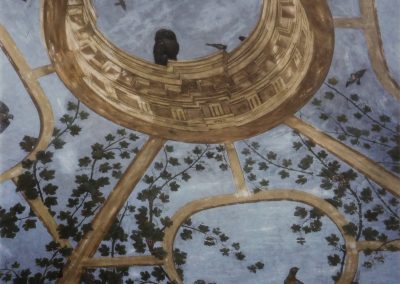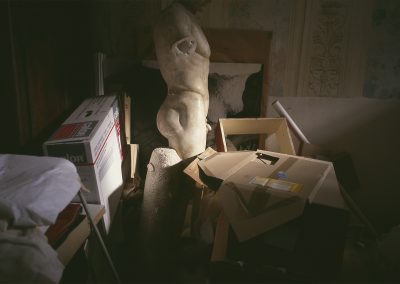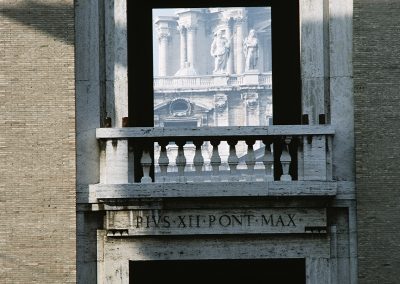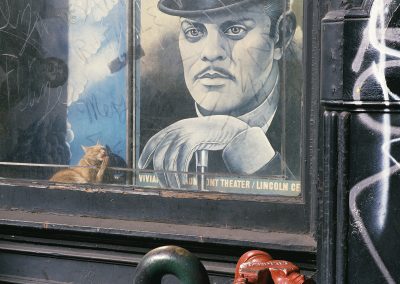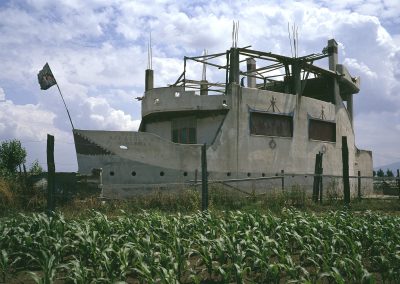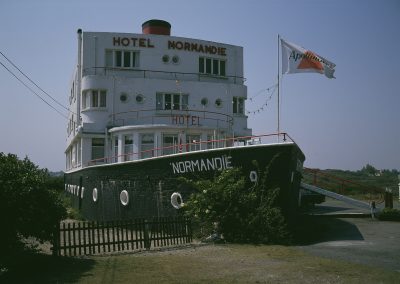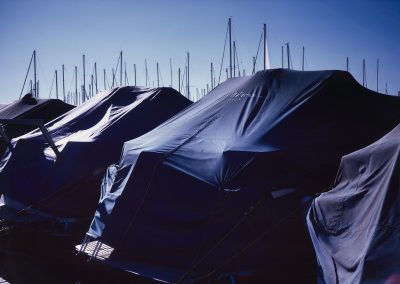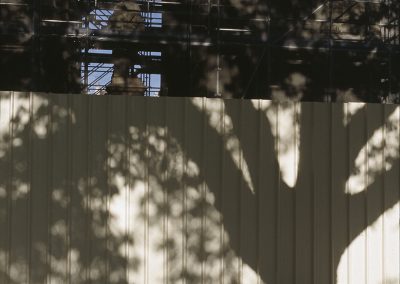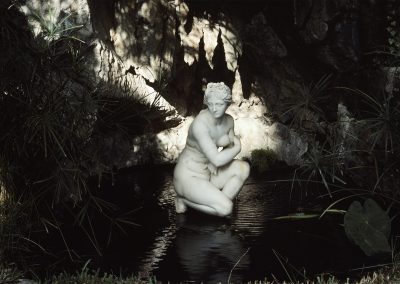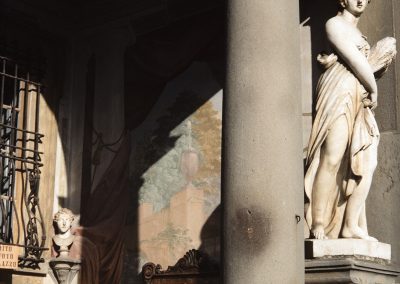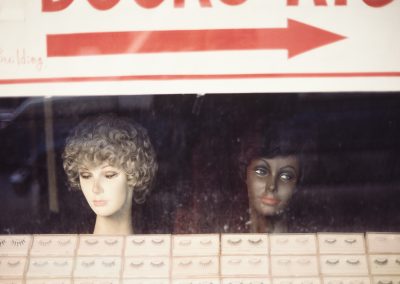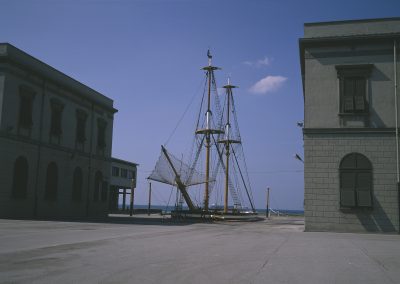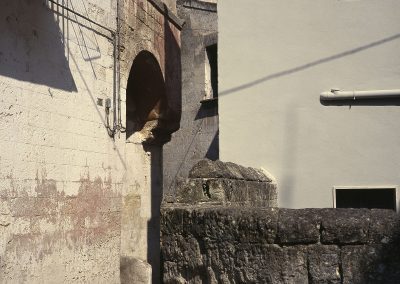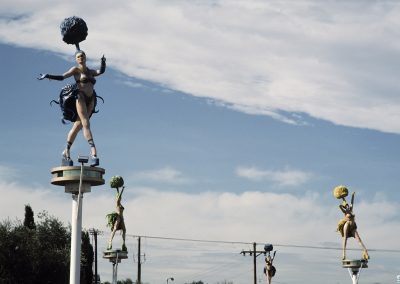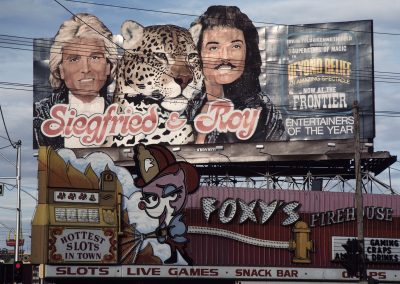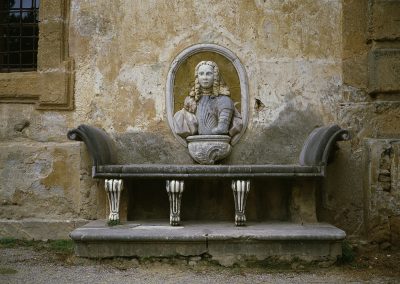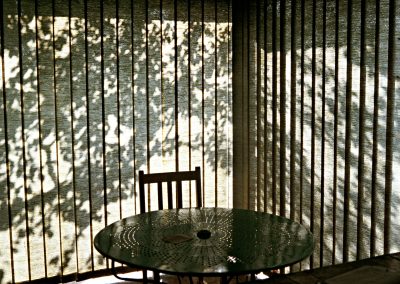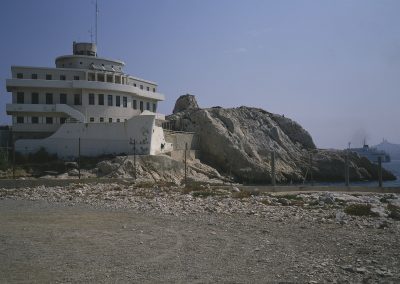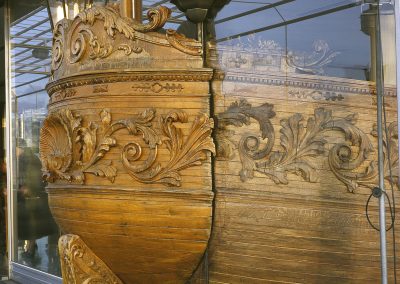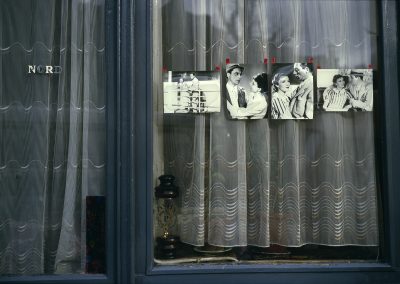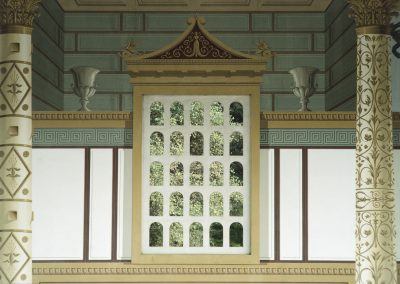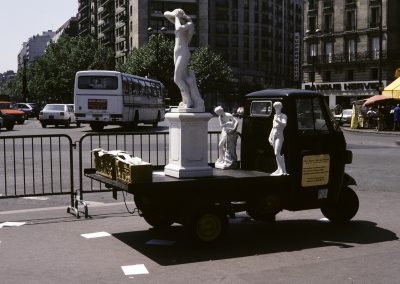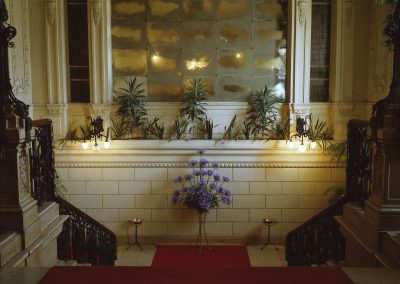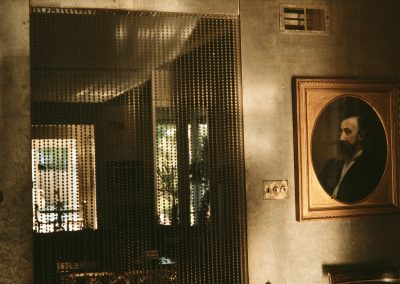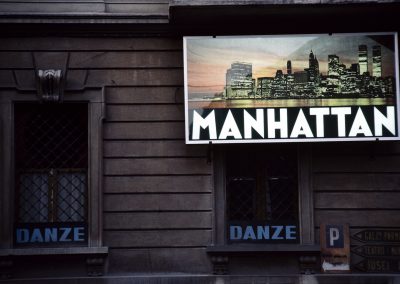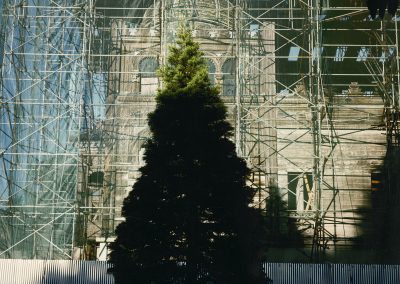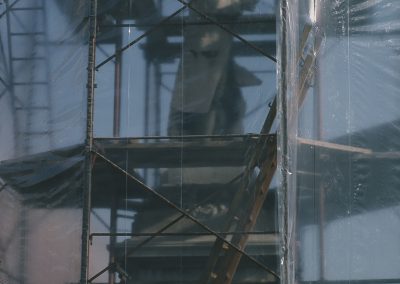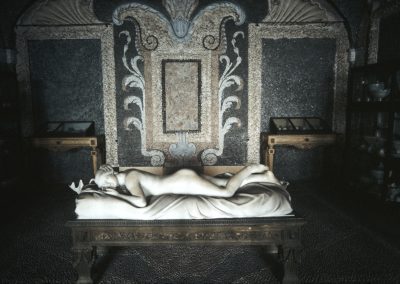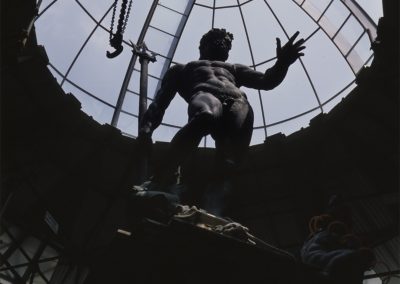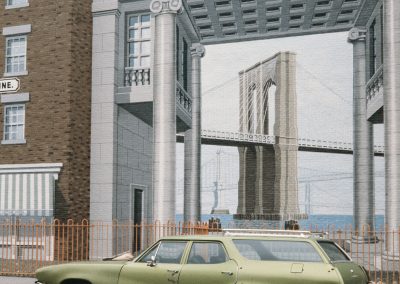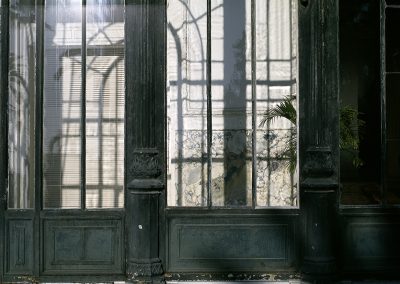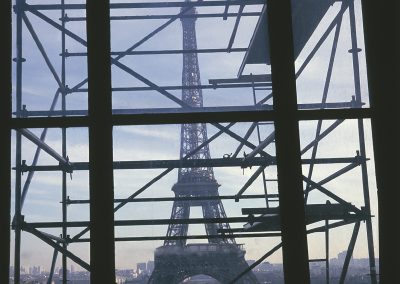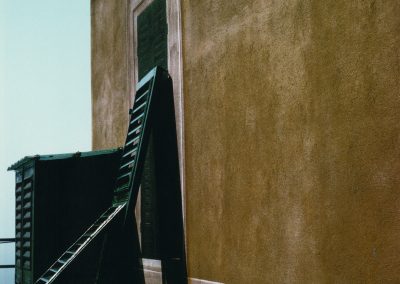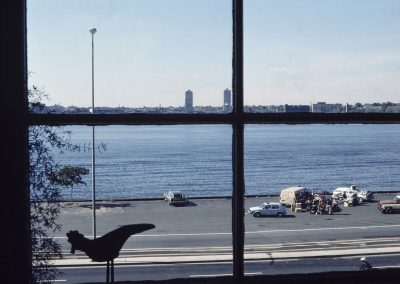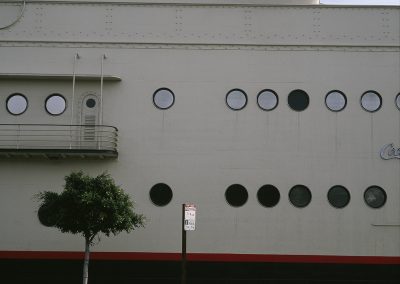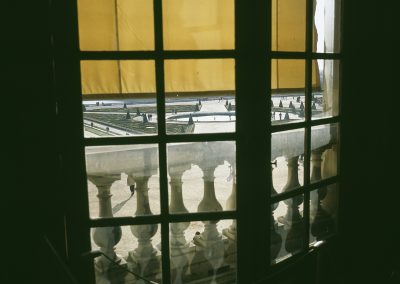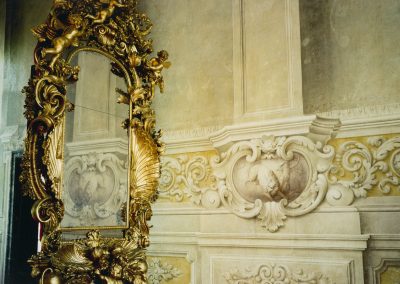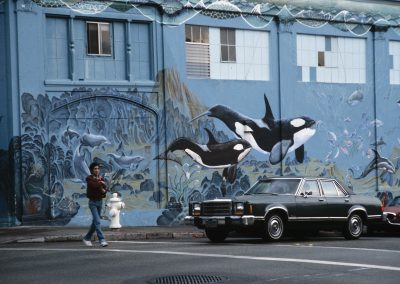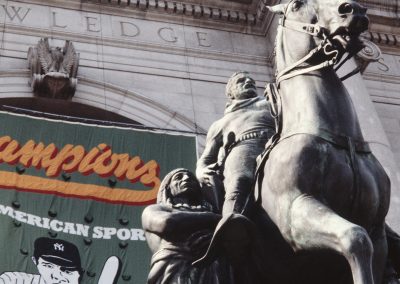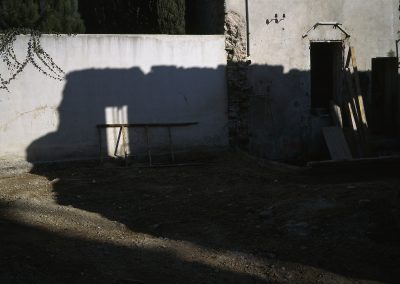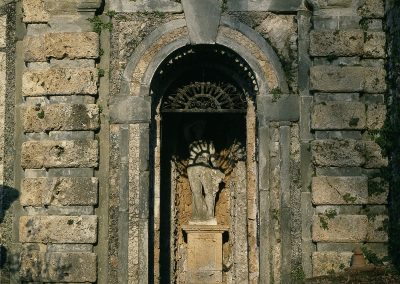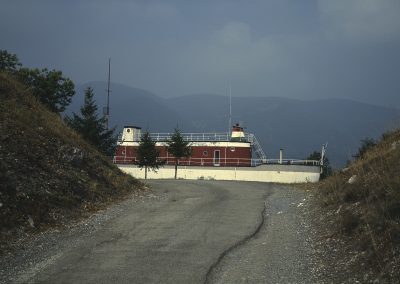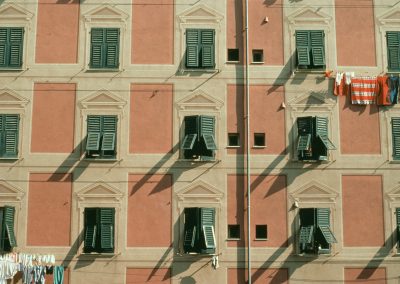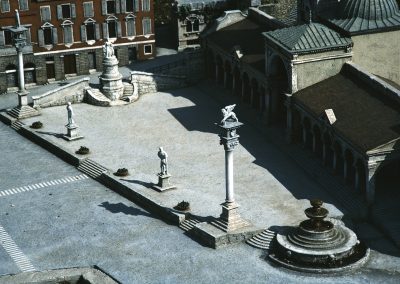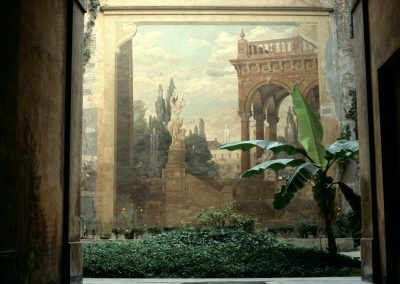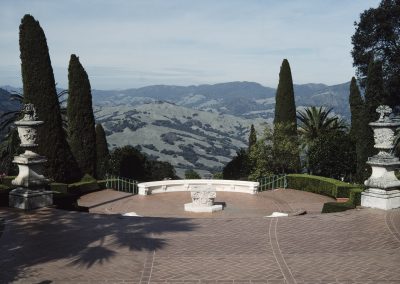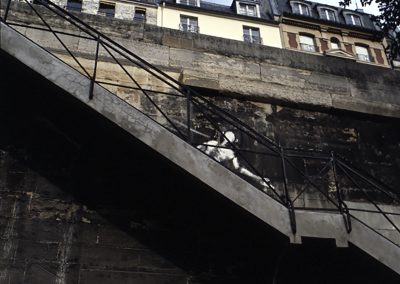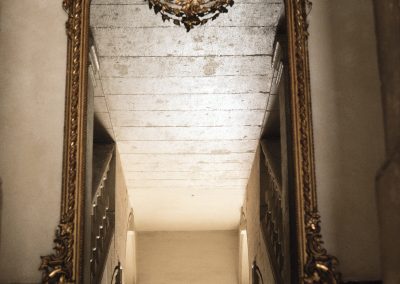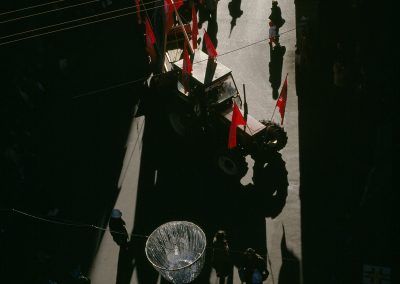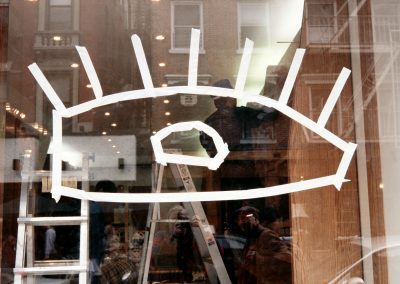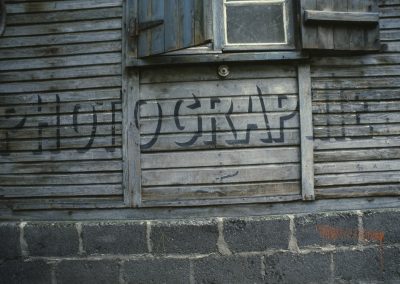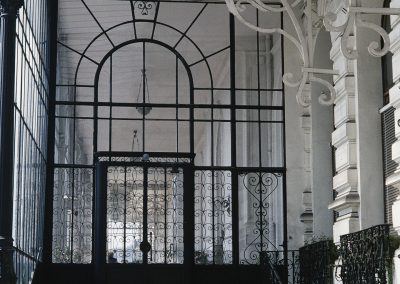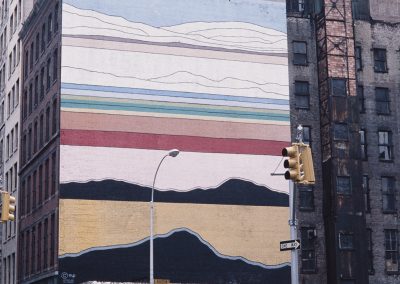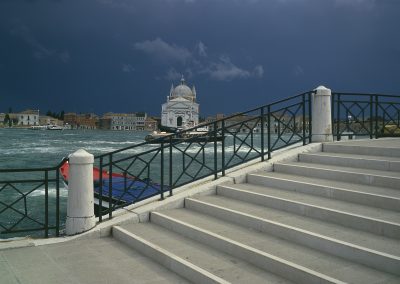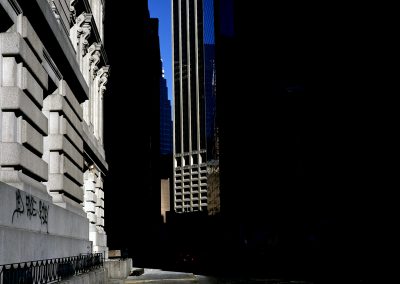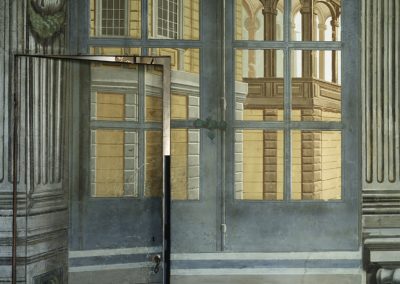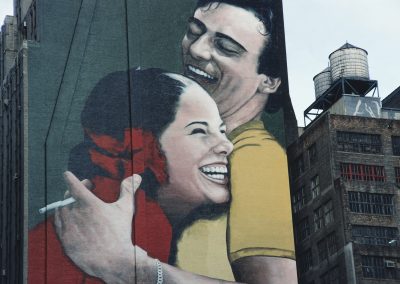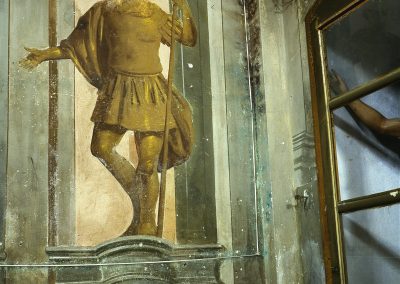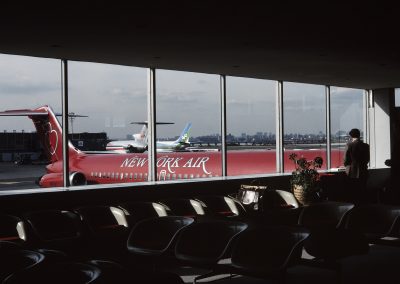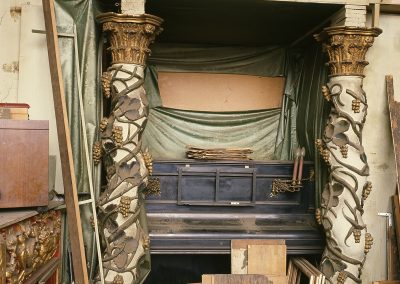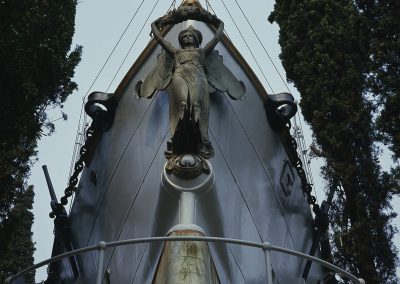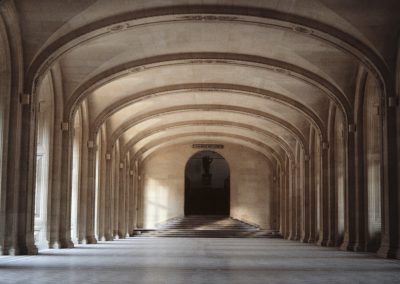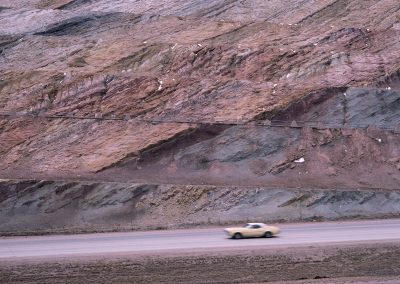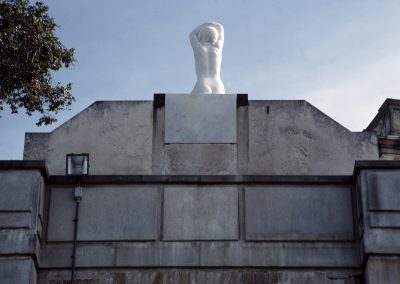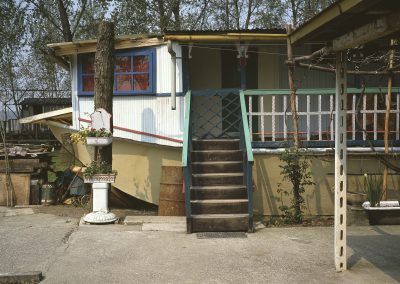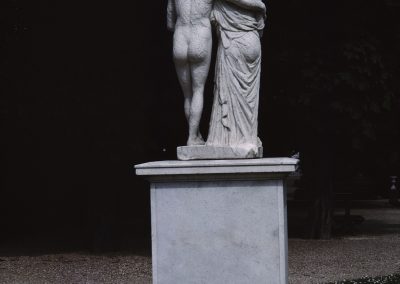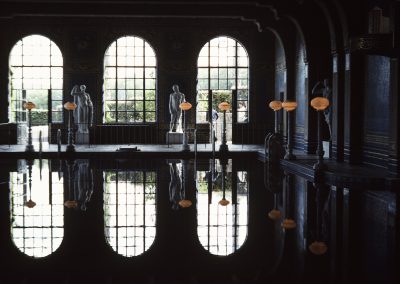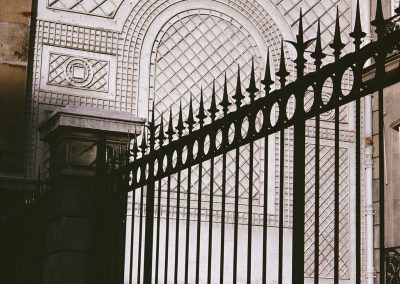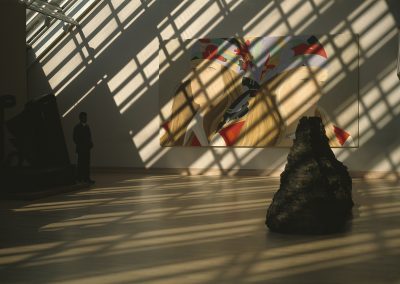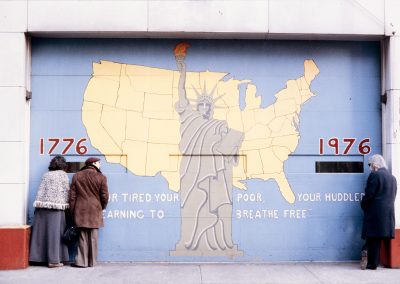Chantier des décors du film de Leos Carax Les Amants du Pont-Neuf, Lunel, France, vers 1990
Chantier des décors du film de Leos Carax Les Amants du Pont-Neuf, Lunel, France, vers 1990
Villa Palagonia, Bagheria, Italie, 1987
Villa Palagonia, Bagheria, Italie, 1987
Cimetière, Nice, France, 1985
Cimetière, Nice, France, 1985
Musée Jouve, Cavaillon, France, 1989
Musée Jouve, Cavaillon, France, 1989
Roma, Italie, 1983
Roma, Italie, 1983
Greenwich Village, New York, États-Unis, 1986-1988
Greenwich Village, New York, États-Unis, 1986-1988
Au nord de Caserta, Italie, années 1990
Au nord de Caserta, Italie, années 1990
Hôtel Normandie, Koksijde, Belgique, années 1990
Hôtel Normandie, Koksijde, Belgique, années 1990
Golfe Juan, France
Golfe Juan, France
Cavaillon, France, 1995
Cavaillon, France, 1995
Flat Iron Building, New York, États-Unis, années 1980
Flat Iron Building, New York, États-Unis, années 1980
Travaux du musée du Louvre, Paris, France
Travaux du musée du Louvre, Paris, France
Villa Ephrussi de Rotschild, Saint-Jean-Cap-Ferrat, France, 1982
Villa Ephrussi de Rotschild, Saint-Jean-Cap-Ferrat, France, 1982
Villa Torrigiani, Camigliano, Italie, 1982
Villa Torrigiani, Camigliano, Italie, 1982
États-Unis, 1983
États-Unis, 1983
École navale, Livorno, Italie, années 1990
École navale, Livorno, Italie, années 1990
États-Unis, 1983
États-Unis, 1983
États-Unis, 1983
États-Unis, 1983
Villa Palagonia, Bagheria, Italie
Villa Palagonia, Bagheria, Italie
Vallauris, France, 2001
Vallauris, France, 2001
Île du Frioul, Marseille, France, années 1990
Île du Frioul, Marseille, France, années 1990
Hearst Castle, San Simeon, États-Unis, 1983
Hearst Castle, San Simeon, États-Unis, 1983
Musée Chéret, Nice, France, 1987
Musée Chéret, Nice, France, 1987
Lord Nelson Bar, Spotorno, Italie
Lord Nelson Bar, Spotorno, Italie
Hôtel du Nord, Paris, France, 1984
Hôtel du Nord, Paris, France, 1984
Autoportrait, 1978
Autoportrait, 1978
Hearst Castle, San Simeon, États-Unis, 1983
Hearst Castle, San Simeon, États-Unis, 1983
États-Unis, 1983
États-Unis, 1983
Place d’Alesia, Paris, France, 1982
Place d’Alesia, Paris, France, 1982
Casino, San Remo, Italie
Casino, San Remo, Italie
Hôtel Normandie, Koksijde, Belgique, années 1990
Hôtel Normandie, Koksijde, Belgique, années 1990
Italie, années 1980-1990
Italie, années 1980-1990
Washington, États-Unis, années 1980
Washington, États-Unis, années 1980
États-Unis, 1983
États-Unis, 1983
Parc Montsouris, Paris, France
Parc Montsouris, Paris, France
Venere nuda, Isola Bella, Italie, 1982
Venere nuda, Isola Bella, Italie, 1982
The Brooklyn Bridge, peinture murale de Richard Haas, près du Brooklyn Bridge, New York, États-Unis, 1980
The Brooklyn Bridge, peinture murale de Richard Haas, près du Brooklyn Bridge, New York, États-Unis, 1980
Palace Excelsior Regina, Nice, France, années 1990
Palace Excelsior Regina, Nice, France, années 1990
Tour Eiffel, Paris, France
Tour Eiffel, Paris, France
États-Unis, 1983
États-Unis, 1983
Immeuble Coca Cola, Los Angeles, États-Unis, années 1990
Immeuble Coca Cola, Los Angeles, États-Unis, années 1990
Versailles, France
Versailles, France
Usine Renault, Boulogne-Billancourt, France
Usine Renault, Boulogne-Billancourt, France
Pompei, Italie, 1985
Pompei, Italie, 1985
États-Unis, 1983
États-Unis, 1983
États-Unis, 1983
États-Unis, 1983
Maison de Camille Renault, Bateau de pierre, Broué, France, années 1990
Maison de Camille Renault, Bateau de pierre, Broué, France, années 1990
Immeuble de squatters, Lungotevere, Roma, Italie, 1978-1980
Immeuble de squatters, Lungotevere, Roma, Italie, 1978-1980
Paolo Boni, France, 1982
Paolo Boni, France, 1982
Villa Torrigiani, Camigliano, Italie
Villa Torrigiani, Camigliano, Italie
Dancing, Tarsogno, Italie, 1990
Dancing, Tarsogno, Italie, 1990
Nervi, Italie, 1978
Nervi, Italie, 1978
Fondale, Università di Bologna, Italie, 1980
Fondale, Università di Bologna, Italie, 1980
Miami, États-Unis, vers 1985-1986
Miami, États-Unis, vers 1985-1986
Hearst Castle, San Simeon, États-Unis, 1983
Hearst Castle, San Simeon, États-Unis, 1983
Peinture de Jérôme Mesnager, Paris, France
Peinture de Jérôme Mesnager, Paris, France
Pise, Italie, décembre 1986
Pise, Italie, décembre 1986
Autoportrait, États-Unis
Autoportrait, États-Unis
Paris, France, 1982
Paris, France, 1982
États-Unis, 1980
États-Unis, 1980
Palace Excelsior Regina, Nice, France, 1977
Palace Excelsior Regina, Nice, France, 1977
États-Unis, 1978
États-Unis, 1978
Venezia, Italie
Venezia, Italie
New York, États-Unis, années 1980
New York, États-Unis, années 1980
Palazzo Reale, Genova, Italie
Palazzo Reale, Genova, Italie
New York, États-Unis, années 1980
New York, États-Unis, années 1980
États-Unis, 1983
États-Unis, 1983
Autoportrait, États-Unis, 1978
Autoportrait, États-Unis, 1978
Musée Jouve, Cavaillon, France, 1988
Musée Jouve, Cavaillon, France, 1988
Impasse du Rouet, Paris, France
Impasse du Rouet, Paris, France
Place de la Concorde, Paris, France
Place de la Concorde, Paris, France
Gare entre la France et l’Italie
Gare entre la France et l’Italie
Maison musée Gabriele D’Annunzio, Lago di Garda, Italie
Maison musée Gabriele D’Annunzio, Lago di Garda, Italie
Galerie Mollien, musée du Louvre, Paris, France,1982
Galerie Mollien, musée du Louvre, Paris, France, 1982
États-Unis, 1979
États-Unis, 1979
Hearst Castle, San Simeon, États-Unis, 1983
Hearst Castle, San Simeon, États-Unis, 1983
Habitation, Casalmaggiore, Italie
Habitation, Casalmaggiore, Italie
Parc Saint-Cloud, Saint-Cloud, France, 1983
Parc Saint-Cloud, Saint-Cloud, France, 1983
Hearst Castle, San Simeon, États-Unis, 1983
Hearst Castle, San Simeon, États-Unis, 1983
Peinture d’Ernest Pignon-Ernest, rue Vercingétorix, Paris, France, années 1980
Peinture d’Ernest Pignon-Ernest, rue Vercingétorix, Paris, France, années 1980
Metropolitan Museum, New York, États-Unis, 1991
Metropolitan Museum, New York, États-Unis, 1991
États-Unis, 1979
États-Unis, 1979
